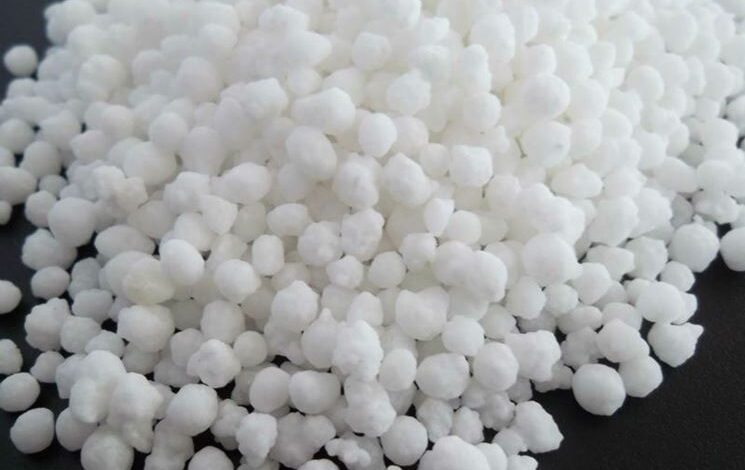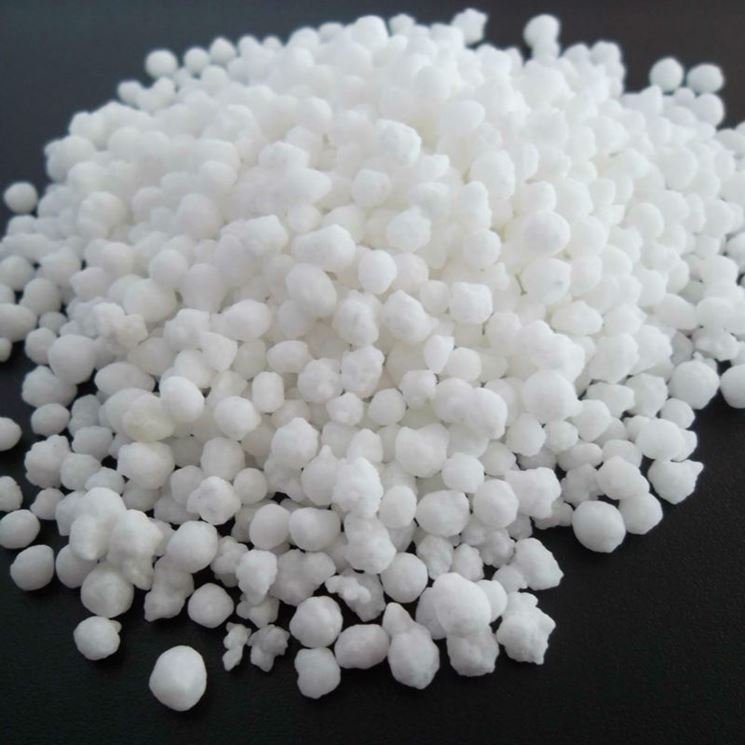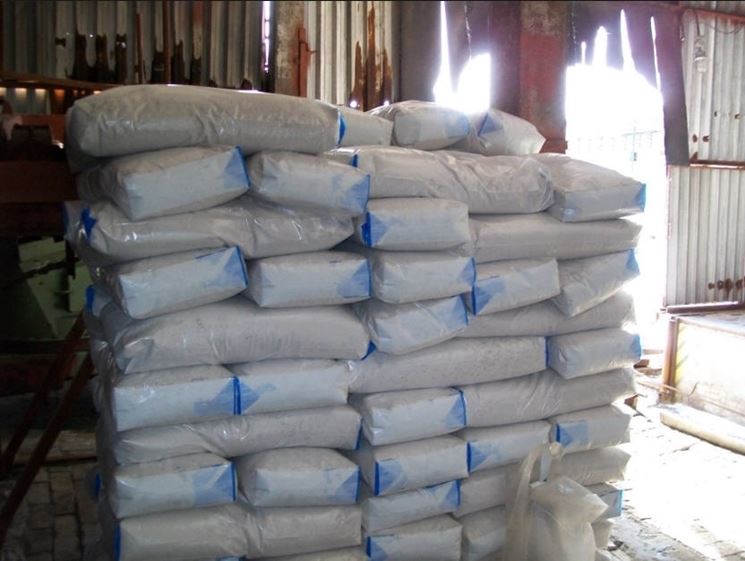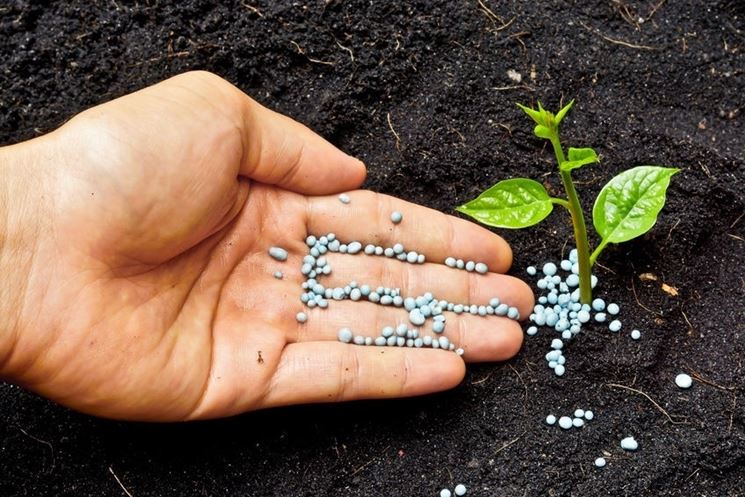Ammonium nitrate

Characteristics of ammonium nitrate

Ammonium nitrate in fractional fertilization

The peculiarity of ammonium nitrate used as an agricultural fertilizer lies in the ability to contain both nitrogen immediately usable by the plant, and nitrogen with a slower release: this peculiarity is given by the two different groups present within it, the nitrate group and the ammonia group. From the particular composition of ammonium nitrate, fractional fertilization is born, a technique that allows to satisfy the real needs of the plant, fertilizing the latter and not the soil: first half the quantity of nitrogen is applied in conjunction with sowing or vegetative restart, then the remainder is used later, at the time of maximum demand by the plant. In this way, nitrogen is available in any phase of the plant, is ready for vegetative restart, is used in a targeted manner, as it can be increased or decreased in the second fraction. The fractional fertilization system is absolutely respectful of the environment and does not pollute, has a low cost and offers the possibility of guaranteeing high qualitative and quantitative standards.
The advantages of fractional fertilization

Using ammonium nitrate for fractional fertilization allows you to work with maximum efficiency, since the substance remains less time in the soil but is absorbed faster and, at the same time, does not disperse into the atmosphere. Many agronomic tests conducted over the years have shown that the benefits ensured by fractional fertilization are real. It has been noted that prilled ammonium nitrate is more effective, both with respect to urea, and with respect to the granular formulation; the prilled nitrate is also able to be distributed more evenly on the surface of the soil. The technique of fractional fertilization, compared with fertilization in a single pass thanks to specific tests, was found to be able to lead to significantly better average values in ten years, despite the use of lower doses of fertilizer. In conclusion, ammonium nitrate in fractional application is the most efficient and, at the same time, economical formula, currently available on the market, to optimize crop yields.
Ammonium Nitrate: Its other uses

Ammonium nitrate, as previously mentioned, can also be used as instant ice, since it reacts endothermally with water, becoming immediately ready for use in the medical and sports fields. The positive oxygen balance and the low cost make ammonium nitrate the perfect base for many explosive mixtures; its extremely low sensitivity to ignition makes the bombs containing it suitable for civil uses or situations where great safety of use is required. The explosion that is generated is not very exothermic, therefore it is suitable for exploding in mines, as the heat released during the explosion does not risk triggering gas leaks.




